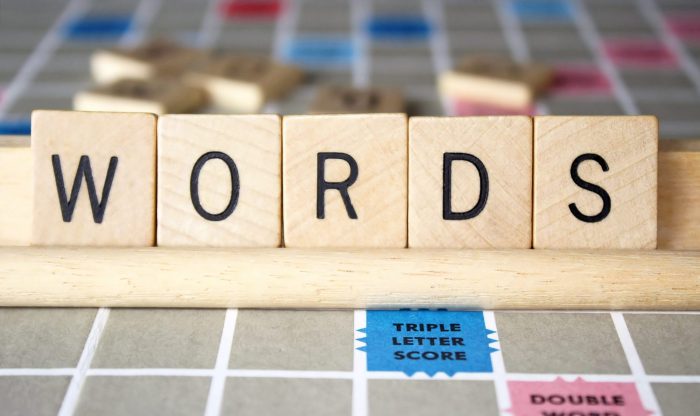By Chris Taylor
If you have a sneaking suspicion that your food bills have been going up and up, you are not crazy.
In fact you are probably absolutely right.
Just ask Hollie Pollard. The freelance virtual assistant from Toronto has been astonished every time she walks into the grocery store.
“I went to get a steak last week, because it’s grilling season and I wanted to do a nice BBQ,” said the 57-year-old. “Then I realized it was almost 50% more than what I was paying last year.”
Pollard bought chicken instead.
All told, Pollard estimates her grocery bills have gone up by around a quarter since the start of the pandemic.
Indeed, food prices keep edging higher. In the United States, for example, food costs (including both at home, and away from home) are up 2.4% in the last 12 months, according to June numbers from the Consumer Price Index.
Break it down into categories, and some of the year-over-year unadjusted numbers are pretty eye-popping. Bacon: up 8.4%. Milk: 5.6%. Fresh fruit: 7.3%. Lettuce: 5.1%. Fresh fish: 6.4%.
GOBBLING UP BUDGETS
Given our extraordinary more than 15 months of pandemic, it is not surprising that food prices have been affected. Supply chains around the world are disrupted, and workforces are in turmoil because of the ongoing global pandemic, which has affected prices on store shelves and in restaurants.
That means people need to rework their monthly budgets. When Personal Capital, a popular investment website and app, surveyed professionals on their top spending categories, the single area that got the most mentions: groceries. That was true of every demographic, from millennials to Gen Xers to boomers.
An analysis of user data by Personal Capital shows that groceries accounted for up to 15% of individuals’ monthly spend during the height of the pandemic, compared with only 7% pre-pandemic, according to Craig Birk, Personal Capital’s chief investment officer.
When Personal Capital asked people where they tend to overspend, the No. 1 category was dining out, at 39.1%. No. 2: Groceries, at 32.2%.
Of course, there are a few ways to minimize the food-cost damage, but you have to be thoughtful and deliberate about it.
Here are some ideas:
PLAN AHEAD
The more times you visit the grocery store, the more chances for you to impulse buy and get whatever catches your eye. That is why Hollie Pollard does the work of planning her meals a couple of weeks in advance. She makes only a couple of major shopping trips per month – and bulk buying helps reduce her overall bills.
MAXIMIZE YOUR REWARDS
If you have to pay more for food, at the very least you can boost the rewards you get for doing so. “You’re missing out on savings if you’re not paying with the right credit card,” says Trae Bodge, a smart shopping expert and founder of the site TrueTrae.com.
Bodge recently used GigaPoints, a credit card tool, to analyze spending and learned she could have earned almost $2,000 more in 2020 with a different credit card.
“Since my family and I spend the majority of our money on food, GigaPoints recommended American Express Gold,” Bodge said. “Now we earn four times the points on food purchases.”
FIND EVERY DISCOUNT
This might sound labor-intensive, but it actually is not. “If you’re shopping in-store, be sure to join the loyalty program so you can receive exclusive discounts and earn points toward free food,” says Bodge.
In addition, she recommends a savings app like Dosh: You pair it with your credit card, and when you check out with that card, you automatically earn cash back if there are available offers on the items you have purchased.
Another tip: shop online without looking for savings. Bodge recommends using the browser extension from Coupon Cabin.
“(It) alerts me to available cashback offers and coupons as I browse,” she says.
RETOOL YOUR BUDGET TO COMPENSATE
If the harsh reality is that your grocery bills have shot up, you may need to look elsewhere in your budget for places to trim.
Since Pollard’s grocery costs have risen to around 15% of her monthly budget, she decided to cut back on eating out to just once or twice a month.
“If there’s anything I know, it’s how to grocery shop and save money,” says Pollard. “And I have had to use every single one of those skills to keep my grocery bills from rising even more than they have.”
(Editing by Lauren Young and Dan Grebler; Follow us @ReutersMoney or at reuters.com/finance/personal-finance.)
Sign up for Long Island Press’ email newsletters here. Sign up for home delivery of Long Island Press here. Sign up for discounts by becoming a Long Island Press community partner here.

































